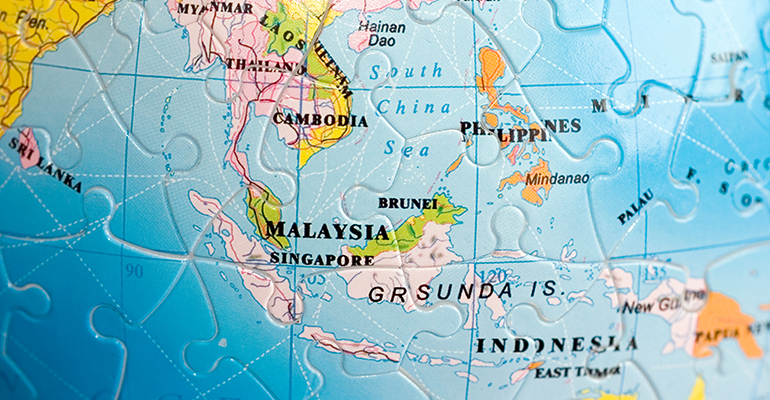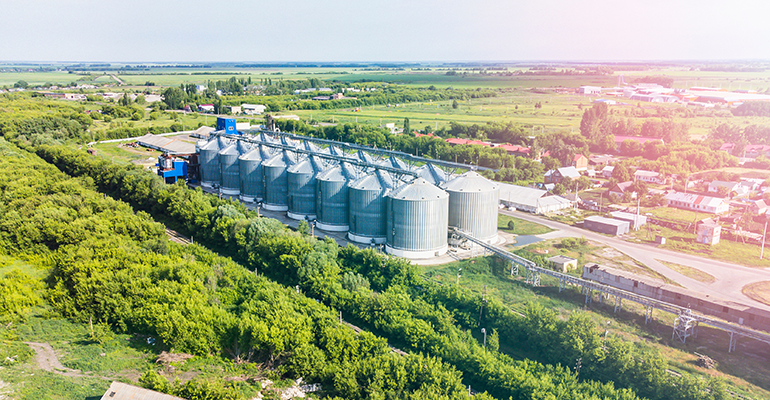Welcome to SJGLE.com! |Register for free|log in

Related Searches: Tea Vitamin Nutrients Ingredients paper cup packing
Welcome to SJGLE.com! |Register for free|log in

Related Searches: Tea Vitamin Nutrients Ingredients paper cup packing
2023-10-09 Ingredients Network
Tag: Bioactives
Agrifood is a leading contributor to the Southeast Asian (SEA) region’s burgeoning economy. In 2021, the agrifood sector in Southeast Asia (SEA) hit €747.3 billion, creating 126.7 million jobs and receiving €96.1 billion in tax revenues supported by the industry, a report by food and technology consultancy Forward Fooding says.

The Association of Southeast Asian Nations (ASEAN) generates a gross domestic product (GDP) of €3 trillion, the Southeast Asia AgriFoodTech Ecosystem Report 2023 says. If ASEAN were a country, it would rank as the world’s fifth largest economy.
Between 2013-2022, the region has accumulated approximately €3.3 billion in investment. A third of this (€1.1 billion) amount was generated in 2022, six times since 2018. The SEA agrifood ecosystem comprises over 270 tech startups, 250 investors, and ten accelerator programmes to further propel the growing market.
A growing middle class and large populations, particularly in Singapore, the Philippines and Indonesia, which have the fastest-growing GDP in ASEAN, result in more disposable income and increased consumer demand for higher-quality food products.
Many Asian consumers have expressed a strong desire to try products they perceive as novel or deliver added values not previously available to them. The Good Food Institute (GFI) APAC believes this could boost brands that use novel ingredients and formulations, such as “hybrid” products that combine ingredients from plants, microbes, and cultivated animal cells to create flavourful and nutrient-dense products and ingredients.
Consumer perception studies have consistently shown that Asian consumers are open-minded when consuming alternative proteins, GFI says. But, only if products match or exceed the taste, nutrition, “freshness,” and affordability consumers currently associate with conventional meat and seafood.
“Achieving that high bar will require substantially more investment from public and private stakeholders in open-access research and development (R&D),” Mirte Gosker, managing director of GFI APAC, told Ingredients Network.
“Many key infrastructural gaps remain on the manufacturing side, including a lack of adequate cold-chain infrastructure in various Southeast Asian countries,” says Gosker.
A substantial need to further build out the local technical talent pipeline also exists to ensure highly skilled local workers fully staff the infrastructural machinery and laboratory spaces needed to perfect alternative proteins.
Tipped as its leading case study, many SEA nations and those around the globe turn to Singapore’s example for inspiration. Today, Singapore is the biggest country for agrifood tech development through investment in SEA, with startups raising €1.3 billion since 2013. Indonesia generated €1 billion in investment, followed by Vietnam’s €454 million.
Singapore aims to create 4,700 new targeted roles in agrifood, supporting production and distribution. importing more than 90% of its food, the Singaporean government has introduced the ’30 by 30’ initiative, which strives to produce 30% of its nutritional needs by 2030 to strengthen its food security.
 Pictured: Grain storage silage | © AdobeStock/Антон Скрипачев
Pictured: Grain storage silage | © AdobeStock/Антон Скрипачев
Alternative proteins is one of SEAs core areas for development and investment, along with aquaculture, vertical farming and climate resilience technologies. Singapore has proven to be an early global leader in advancing the hybrid protein space. “Singapore serves as a living laboratory and launchpad for global climate and food security solutions,” says Gosker.
The SEA country was the first around the globe to approve commercial sales of products from all three alternative protein categories—plant-based, fermentation-derived, and cultivated. Singapore’s regulatory approval of Solcein, a protein made “from thin air” using fermentation, as a novel food is a crucial example from the past year. Similarly, startups like ImpacFat, which makes cultivated fat from fish cells, have spun out of scientific research at Singapore’s Agency for Science, Technology, and Research (A*STAR).
GFI APAC experts believe that ingredients like cultivated fat could be critical in taking plant-based meat and seafood to the next level.
SEA’s success relates to a favourable funding environment, incubation landscape, operational flexibility and technology transfer. Despite these opportunities, food security and climate change needs require rapid action.
“Time is, regrettably, not on our side,” says Gosker. Amid skyrocketing demand and increased climate instability, reimagining Asia’s protein supply is now “akin to a freighter ship making a U-turn: It’s achievable, but nations must collaborate to expand regional alternative protein manufacturing infrastructure further and rapidly coordinate regulatory frameworks,” Gosker adds.
“Failure to do so will mean that the compounding pressures of ecological and supply chain instability will grow, resulting in a food system that falls woefully short of satisfying rising demand,” Gosker continues.
Over the next 12 months, the region is expected to focus on legislation to pursue its plant-based growth. Many countries in Asia have indicated that they are looking into crafting regulatory frameworks for cultivated meat, including Japan and Korea, Gosker says.
Singapore government officials support such efforts by sharing their approach to novel foods with international counterparts through multilateral institutions like the United Nations’ Codex Alimentarius Commission, which is dedicated to developing global standards for food safety.
The government has partnered with various APAC countries to collaborate on alternative protein R&D, including Australia and New Zealand. “Other nations would be wise to take advantage of the city-state’s expert guidance to avoid duplication of work and accelerate international regulatory coordination,” Gosker adds.
E-newsletter
Most Viewed
Latest News
Recommended Products